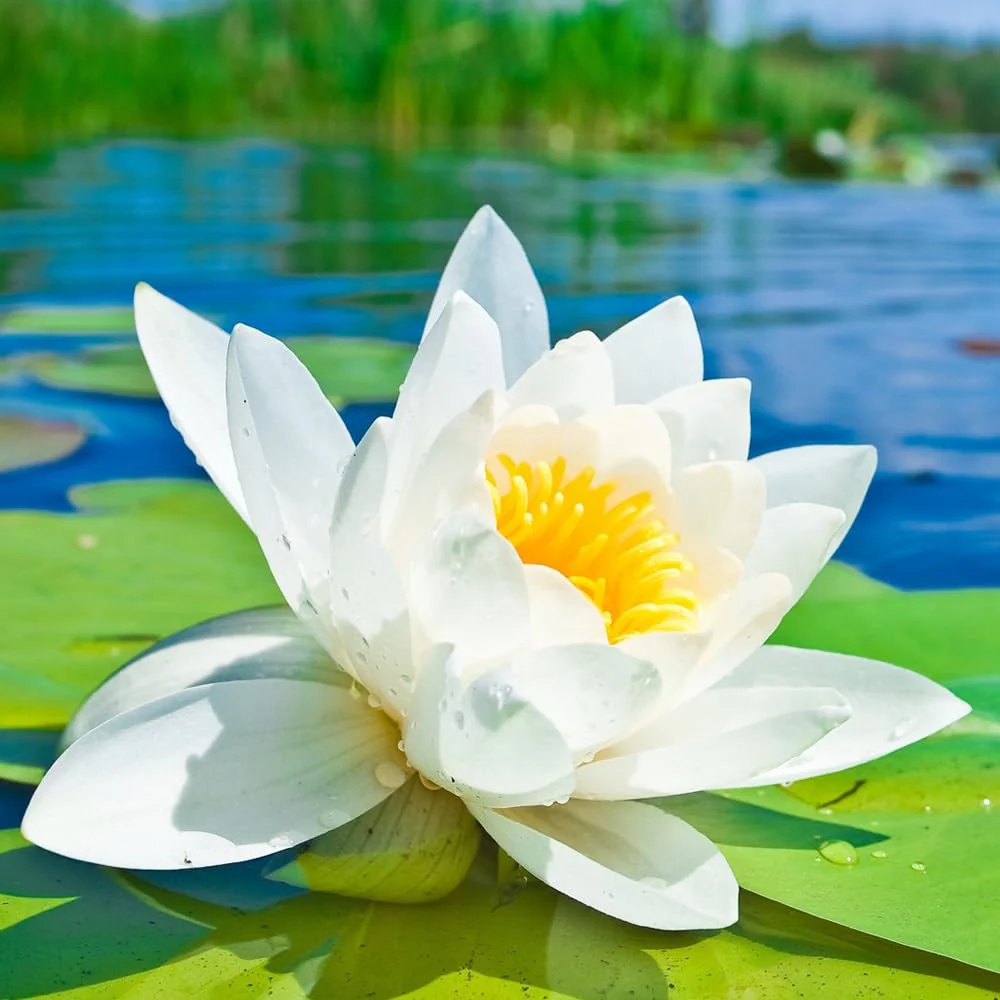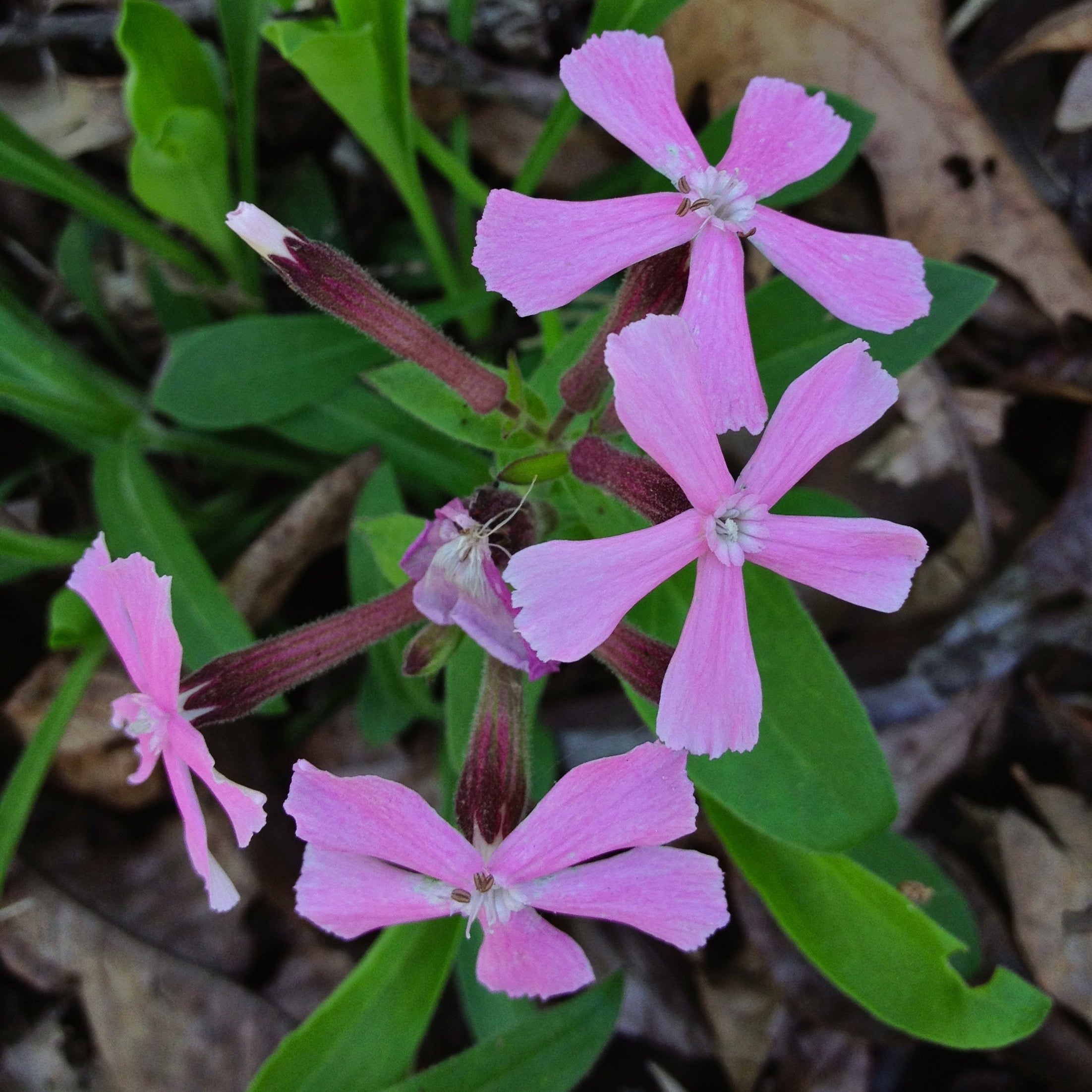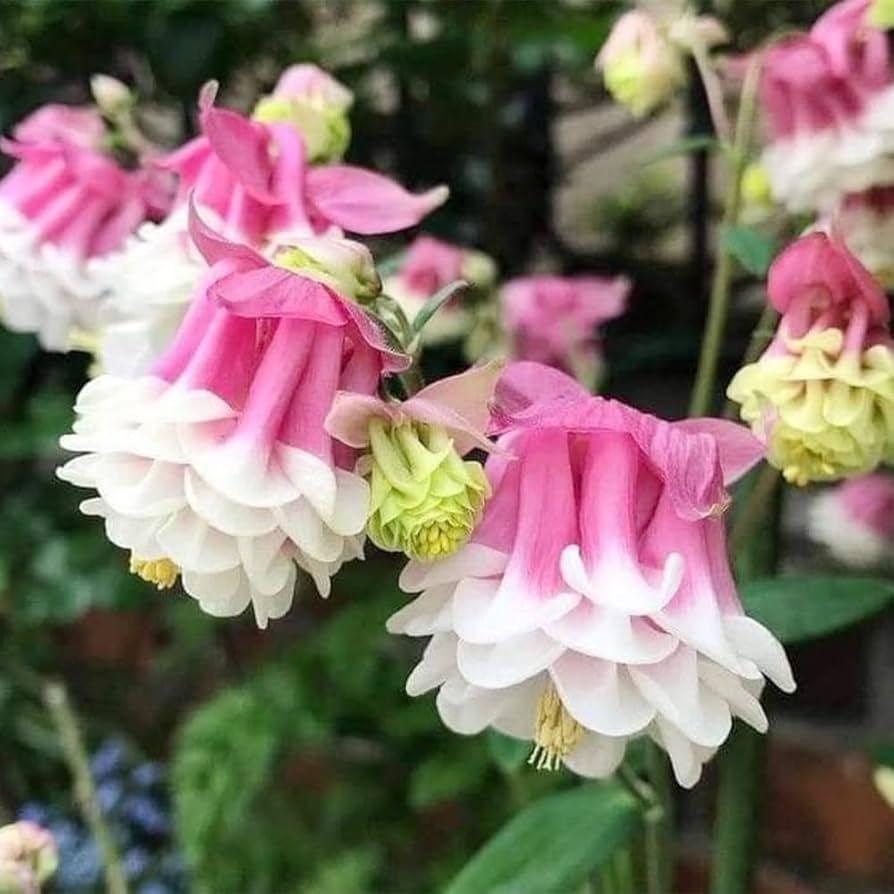Whether you’re planting herbs, vegetables, fruits, or flowers, seed starting is the essential first step to a thriving garden. Learning how to germinate seeds successfully gives you full control over your garden’s health, timing, and productivity. This beginner-friendly guide covers everything from tools and timing to soil and sunlight, helping you start strong from the seed up.

Why Seed Starting Is Worth It
Starting plants from seeds is cost-effective and opens up a wider variety of choices compared to buying seedlings. More importantly, it allows you to:
-
Control growing conditions from day one
-
Enjoy the rewarding process of nurturing life from seed to harvest
When to Start Seeds
The best time to start seeds indoors depends on your local frost dates and the plant type. Typically, start seeds:
-
6–8 weeks before the last expected frost for summer crops like tomatoes and peppers
-
2–4 weeks before the last frost for fast-growing vegetables and herbs
-
Year-round for indoor herbs and microgreens
Always refer to the seed packet or product listing for specific timing.
What You Need for Seed Starting
✅ Essential Seed Starting Tools:
-
Seed trays or shallow containers
-
Organic seed starting mix (not regular potting soil)
-
Grow lights or a sunny windowsill
-
Spray bottle or misting tool
-
Humidity dome or clear plastic cover
-
Heat mat (optional, but great for warmth-loving seeds)
How to Germinate Seeds Successfully
Follow these steps for healthy germination and strong seedlings:
1. Prepare the Containers
Use clean seed trays, pots, or recycled containers with drainage holes. Fill them with a light, well-draining seed-starting mix.
2. Moisten the Soil
Lightly moisten the soil with water before planting. The soil should be damp but not soaking.
3. Sow the Seeds
-
Check the seed depth instructions on the packet.
-
In general, plant seeds 2–3 times as deep as the seed is wide.
-
For very small seeds (like basil or lettuce), simply press them onto the soil surface.
4. Cover and Warm
-
Cover trays with a humidity dome or clear wrap to trap moisture.
-
Keep in a warm location (18–24°C / 65–75°F). Some seeds germinate better with a heat mat.
5. Water Gently and Regularly
-
Mist the surface gently to avoid disturbing the seeds.
-
Avoid overwatering — aim for consistent moisture.
6. Provide Light
As soon as the seeds germinate:
-
Remove covers and move to a bright window or under grow lights.
-
Provide 12–16 hours of light per day for strong, compact seedlings.

Germination Tips for Better Success
-
Use fresh, high-quality seeds with good germination rates.
-
Label your trays to avoid mixing up varieties.
-
Avoid overwatering — damp, not soggy, is the goal.
-
Rotate trays to prevent seedlings from leaning toward the light.
-
Thin seedlings if they are overcrowded, leaving the strongest one per cell or pot.
Common Germination Problems and Fixes
| Problem | Possible Cause | Solution |
|---|---|---|
| Seeds not sprouting | Old seeds, too dry, too cold | Use fresh seeds, keep warm & moist |
| Mold on soil surface | Poor airflow, too wet | Improve ventilation, reduce moisture |
| Leggy seedlings | Not enough light | Add grow lights or increase exposure |
| Rotting seedlings | Overwatering, fungal infection | Water less, use sterile mix, add airflow |
What to Do After Germination
Once your seedlings develop their first set of true leaves, they’re ready to:
-
Be transplanted into larger containers (potting up)
-
Be hardened off gradually before outdoor planting
-
Receive diluted organic fertilizer weekly for better growth

Final Thoughts
Starting your garden from seeds is a fulfilling journey that gives you more variety, control, and satisfaction than buying plants from a store. By learning how to germinate seeds successfully, you’ll set the foundation for a thriving, productive garden—no matter the size or space.
Explore a wide range of vegetable, flower, herb, and fruit seeds online at PureAsiaSeeds.com and begin your gardening journey today!








